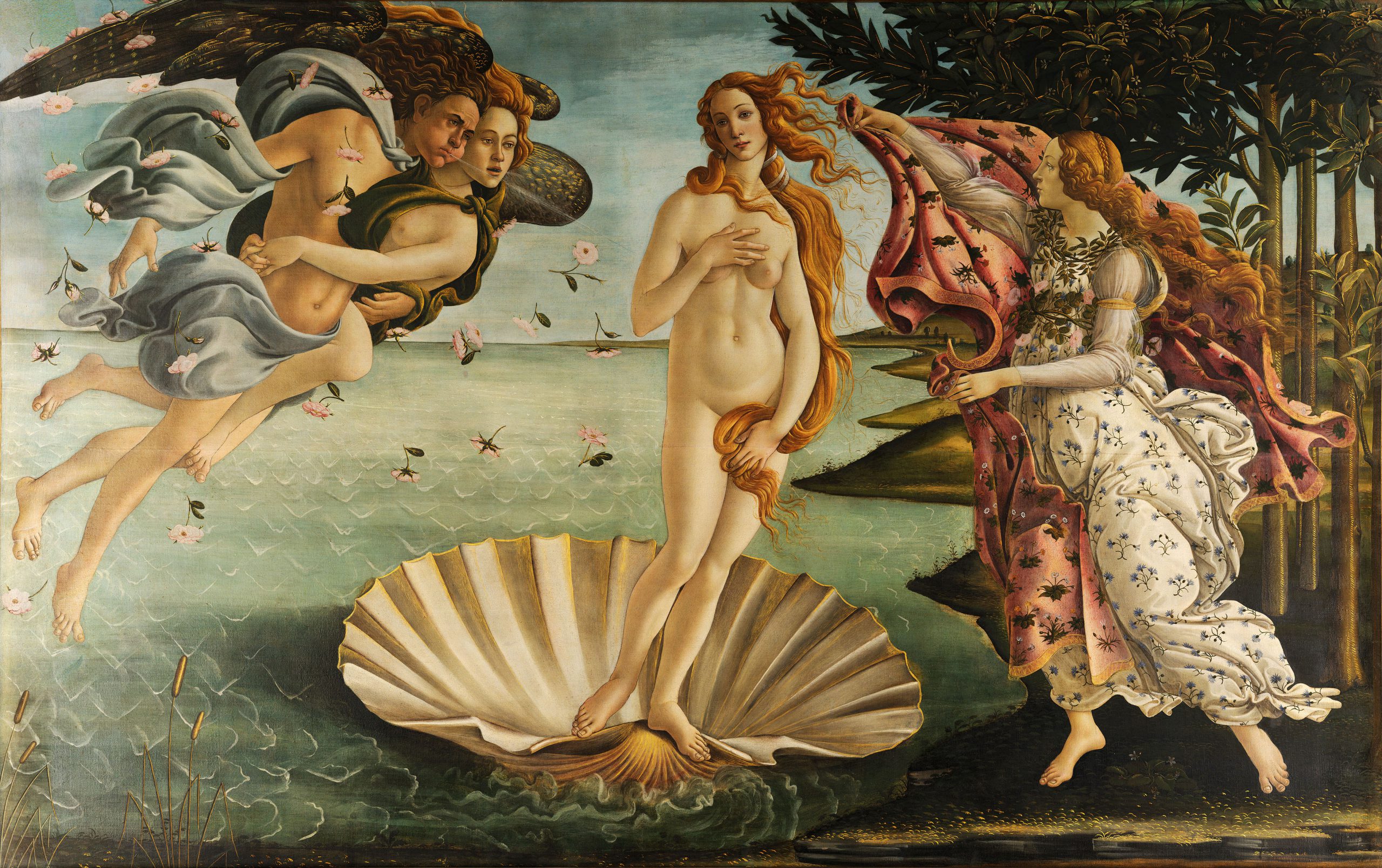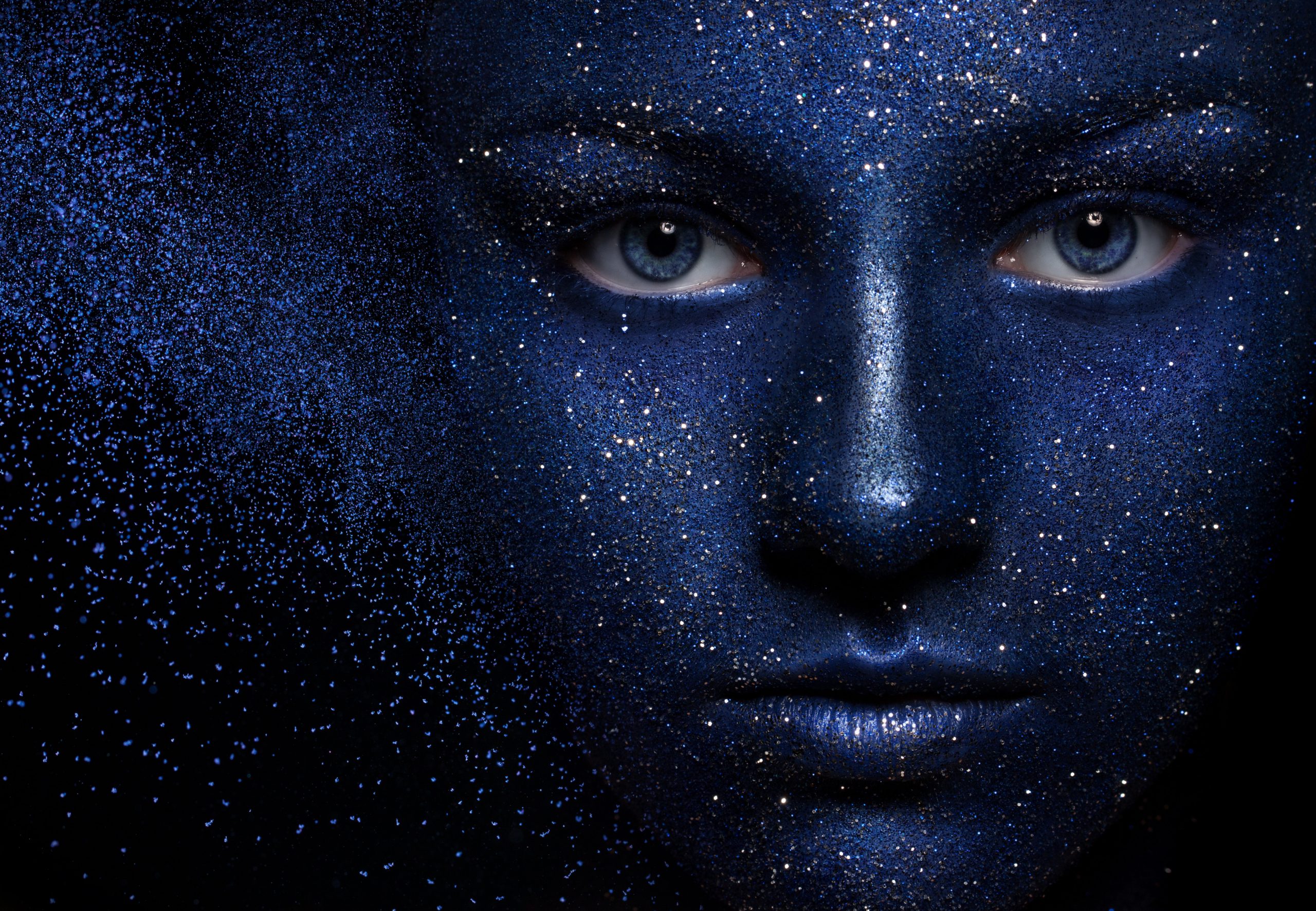
It was the summer of 1994, and George Lucas had an announcement: For the first time since 1983, there would be a new “Star Wars” movie. In fact, there were going to be three.
“I’ve got the stories done,” Lucas said, although he quickly added, “but I have to write the screenplay, so that’s a deterrent.” (Indeed, vision had always been his great strength—writing, less so.) There had been novels and comic books exploring Luke, Leia, and Han’s adventures after “Return of the Jedi,” but this new trilogy would be the first films to imagine what happened to that galaxy far, far away once Darth Vader was slain and the Empire destroyed. Except, Lucas wasn’t going to jump forward in time—he was going back. In retrospect, the initial Entertainment Weekly story is now startlingly low-key in its explanation of their premise: “Focusing on a young Obi-Wan Kenobi and Anakin Skywalker, a.k.a. Darth Vader, they will likely feature a new cast—a necessity considering that the inevitable has happened and ‘Star Wars’ youngsters Mark Hamill, Carrie Fisher, and Harrison Ford are as old as Yoda.”
This Friday, “Star Wars: Episode I – The Phantom Menace” returns to theaters to celebrate its 25th anniversary. Some might wonder what’s there to celebrate—the film was a blockbuster but, on a creative level, wretched—but even its loudest detractors have to acknowledge that “The Phantom Menace” profoundly changed Hollywood. Lucas, who wrote (or co-wrote) and directed each of the prequels, saw the importance of extending valuable intellectual property into the next generation—and also that the then-nascent CGI would be the future of event movies. But by popularizing prequels—and the notion of the origin story as a viable commercial endeavor—he perhaps made his greatest impact on studio filmmaking in the 21st century, giving studios a fresh way to exploit their most enduring characters. And he did it by creating an irresistible question that lured audiences to the multiplex: How did Darth Vader end up that way?
Lucas didn’t invent the idea of the prequel or the origin story. “The Godfather Part II” showed us a young Vito Corleone, and “Young Sherlock Holmes” presented the ingenious detective as a lad. Back in the 1980s, Lucas had toyed with the idea of the prequel when he conceived the idea for “Indiana Jones and the Temple of Doom,” which took place shortly before “Raiders of the Lost Ark.” (Plus, “Indiana Jones and the Last Crusade” and “The Young Indiana Jones Chronicles” explored what teen Indy was like.) But “The Phantom Menace” and the prequel trilogy were different: No one had so grandly conceived a narrative built around showing us the “before” of a saga we’d loved. In fact, Lucas felt that it filled in some important chapters to his franchise.
“It’s the missing link,” Lucas said in 2005 when the prequel series’ final installment, “Star Wars, Episode III – Revenge of the Sith,” was about to come out. “Once it’s there, it’s a complete work, and I’m proud of that. I do see it, tonality-wise, as two trilogies. But they do, together, form one epic of fathers and sons.”

The striking teaser poster for “The Phantom Menace” suggested the prequels’ dramatic potential. It featured Jake Lloyd as an adolescent Anakin Skywalker, his head turned downward solemnly, and we observed the shadow he cast on the wall behind him—that of the alarming silhouette of Darth Vader. It was a simple, brilliant way to communicate this new trilogy’s conceptual hook: Anakin doesn’t know it yet, but this innocent child will become the galaxy’s most feared Jedi. Who wouldn’t want to learn what inspired that terrible transformation?
One of the things we love about villains is that they’re unknowable. As much as actors who play them discuss the importance of humanizing these characters—not portraying them as generically wicked but driven by a belief in the righteousness of their twisted cause—the most popular bad guys exist beyond the realm of logic and reason. Whether it’s the Terminator or Anton Chigurh, there’s something darkly appealing about the forces of evil being immune to our attempts to rationalize with them. Deep down, we don’t want villains to be like us—we want them to be more interesting than that.
That’s why Lucas’ chronicling of Darth Vader’s backstory seemed so radical. In the original trilogy, we began to grasp the man inside the machine—the once-decent father who got corrupted by the Dark Side—but “The Phantom Menace” took us back to a time when there was no Darth Vader. Instead, we meet young Anakin, enslaved on Tatooine and discovered by the wise Jedi, Qui-Gon Jinn (Liam Neeson), who realizes this boy is strong with the Force. Anakin didn’t seem like anybody special, but we knew better: He’s going to be Darth Vader. But first, Lucas wanted us to think of him as just a regular kid who, in the next two films (in which he’s played by Hayden Christensen), will go through growing pains, find love, and, ultimately, succumb to his ambitions.
In essence, Lucas asked us to consider Darth Vader’s humanity, which is something we tend not to ponder when it comes to legendary on-screen bad guys. (Often, the point is how inhuman they seem.) But if the original trilogy was a classic hero’s journey—the tale of a nobody who goes on to great things—the prequels would be a tragedy, the story of a great man’s fall. Joseph Campbell, whose delineation of the hero’s journey in The Hero with a Thousand Faces inspired Lucas to make “Star Wars,” understood what was so compelling about Darth Vader. In an interview after seeing “Return of the Jedi,” Campbell noted, “When the mask of Darth Vader is removed, you see an unformed man, one who has not developed as a human individual. What you see is a strange and pitiful sort of undifferentiated face.” Lucas wanted to show us that face before it had been distorted by evil.
As a narrative concept for a potentially massive moneymaker, that’s revelatory—a despairing examination of how goodness, youth and idealism can easily be perverted. Most blockbusters have us rooting for Batman or Tom Cruise to defeat the bad guys—Lucas sought to craft a cautionary tale about what happens to some good guys. Of course, any movie with the words “Star Wars” in the title was bound to be commercially successful. Still, there was a certain daring in constructing a trilogy around a guaranteed unhappy ending.
Lucas’ audaciousness would be more impressive if the final results had been more stirring. But, ultimately, it doesn’t matter whether you adore or despise the prequels—the trilogy made $2.5 billion worldwide, establishing itself as one of the biggest franchises of the late 1990s and early 2000s. That was all that mattered to Hollywood, which mercilessly vultures any success, looking to harvest its replicable elements. And 25 years ago, the business realized that there was an audience for stories about beloved characters before they emerged in their iconic form.
Just as the prequels’ CGI-rendered fantastical landscapes became the industry norm—a nonstop carousel of human actors running around on green screens talking to inanimate objects on sticks—so too did we move into the age of the “before” blockbuster. “The Lord of the Rings” films won 17 Oscars and made $3 billion—so why not make three “Hobbit” prequels (based on the J.R.R. Tolkien book) to see the earlier adventures? (Critics didn’t like those movies as much as the original trilogy, but they still grossed $2.9 billion.) Soon, the prequel market was flooded with villain origin stories. The Joker is arguably the most popular superhero baddie—Heath Ledger won a posthumous Oscar playing him in “The Dark Knight”—but what if Joaquin Phoenix showed you the quiet, troubled young man he once was? (Phoenix won an Oscar as well.) “Cruella” introduced us to the antagonist of “101 Dalmatians.” “Venom” did the same for Spider-Man’s foe. Last year, “The Hunger Games: The Ballad of Songbirds & Snakes” envisioned the nefarious Coriolanus Snow as a young man. The idea was that everybody—even the dastardliest of individuals—didn’t start out that way. These origin stories argued that famous villains were worth understanding in all their thorny intricacies.
On one level, that’s a compassionate perspective. Evil is more complicated in real life than it’s portrayed in action movies—everyone has faced difficulties that have shaped us, not always for the better. Even Darth Vader had a mother who loved him as a little boy. But such high-minded notions of empathy quickly fizzled when it became clear that Hollywood just wanted to squeeze every penny out of its precious I.P.—and that the “explanations” in these villain origin stories were uninspired. (Spoiler Alert: They didn’t mean to turn evil, it just worked out that way.)
What also became apparent was that the prequel/origin story concept allowed filmmakers to inundate us with cutesy easter eggs, awkwardly referencing characters and events that we knew would be coming later, even though the people in the movie don’t. (For instance, in “Joker,” Phoenix’s Arthur Fleck meets a young Bruce Wayne … hmm, I wonder if that will be important later.) This tendency soon became cynical fan service while catering to a self-satisfied instinct in most viewers: I’m ahead of the characters—I know more about what’s coming than they do. Not only did prequels show us backstories, but they also flattered us because we were so knowledgeable about the lore. Maybe the film would wind up in a dark place—villains’ stories often did—but for us, it was always a happy ending, connecting this new story in a comforting way to a story we’d already absorbed. It was an excuse for Hollywood to repackage the same old stuff.

Audiences went for it. And still do. Prequels and reboots are everywhere, taking us back to the beginning (or before the beginning) to get us reinvested all over again in aging franchises. Not all of these are villain stories, of course. We are now aware of the early days of Willy Wonka; HBO tried to get us excited about Perry Mason before he looked like Raymond Burr. Everybody has a past—in Hollywood’s eyes, we’re all just a product of the dramatically simplistic inciting incidents that formed us as young people. Batman’s elderly butler Alfred was once a strapping twentysomething. The Kingsman organization got its start generations ago. There’s no limit to the amount of narrative that can be spun out of preexisting characters, whether you like it or not.
Back in the 1970s, Lucas had an idea to concoct a sweeping space adventure, and in the process, he revolutionized Hollywood, for better and for worse. A couple of decades later, he did it again, showing studios how to keep their franchises alive by turning back the clock and examining the origins of those mythic tales. And once again, the result has been a mixed bag. “Everyone has their reasons,” Jean Renoir’s character declares in “The Rules of the Games,” an acknowledgment that people are complicated, their motives sometimes mysterious to the rest of us. But Hollywood doesn’t really care about those nuances—in the age of the prequel and the villain origin story, the only reason anybody does anything is to make more money.




